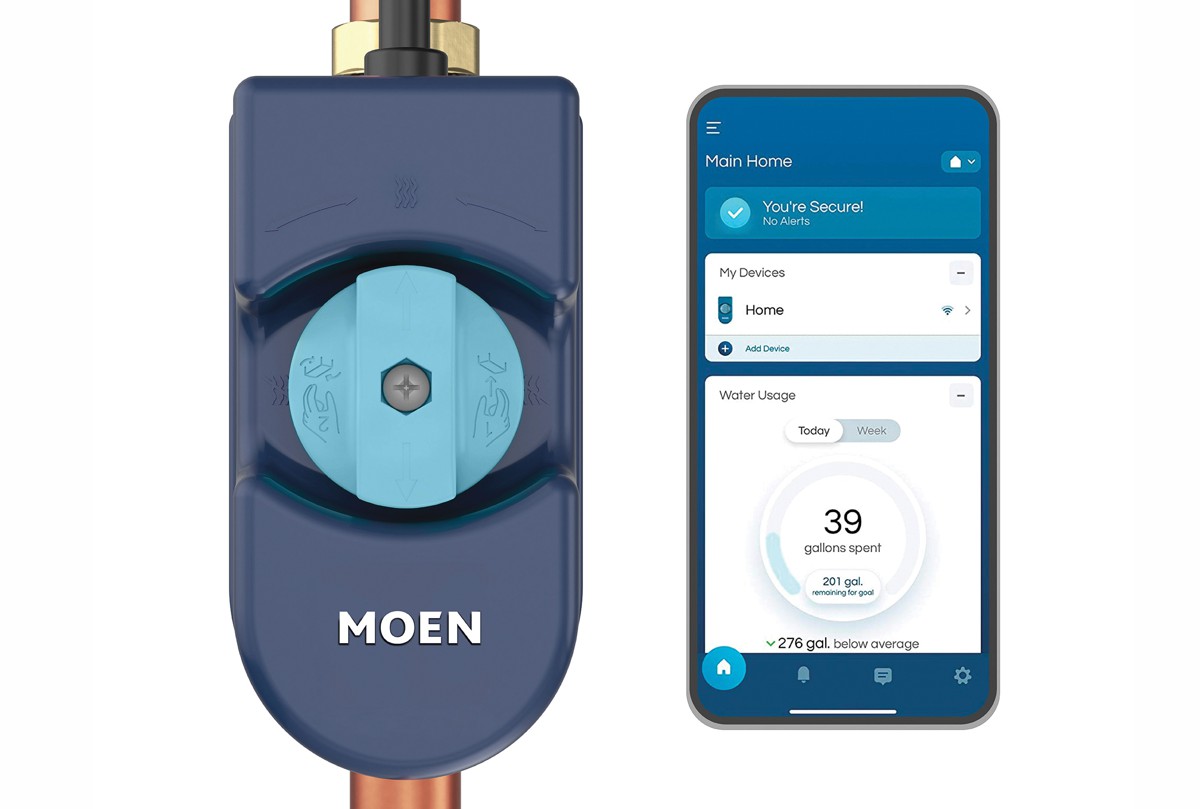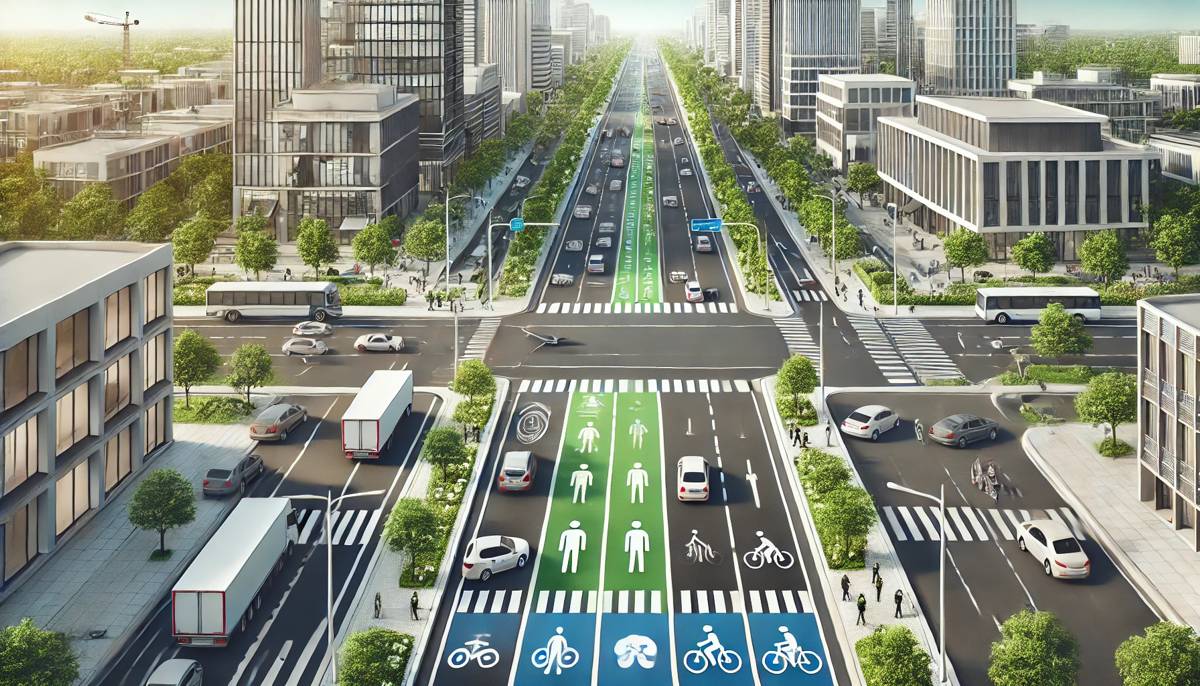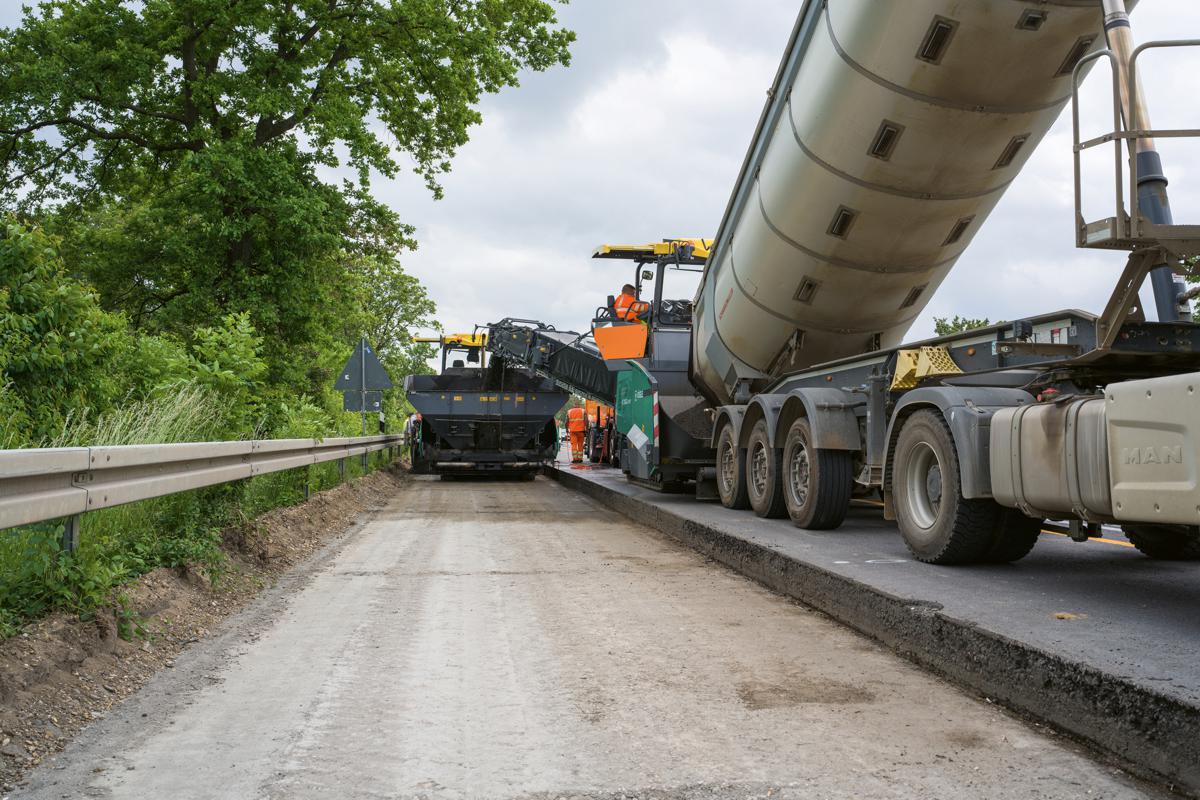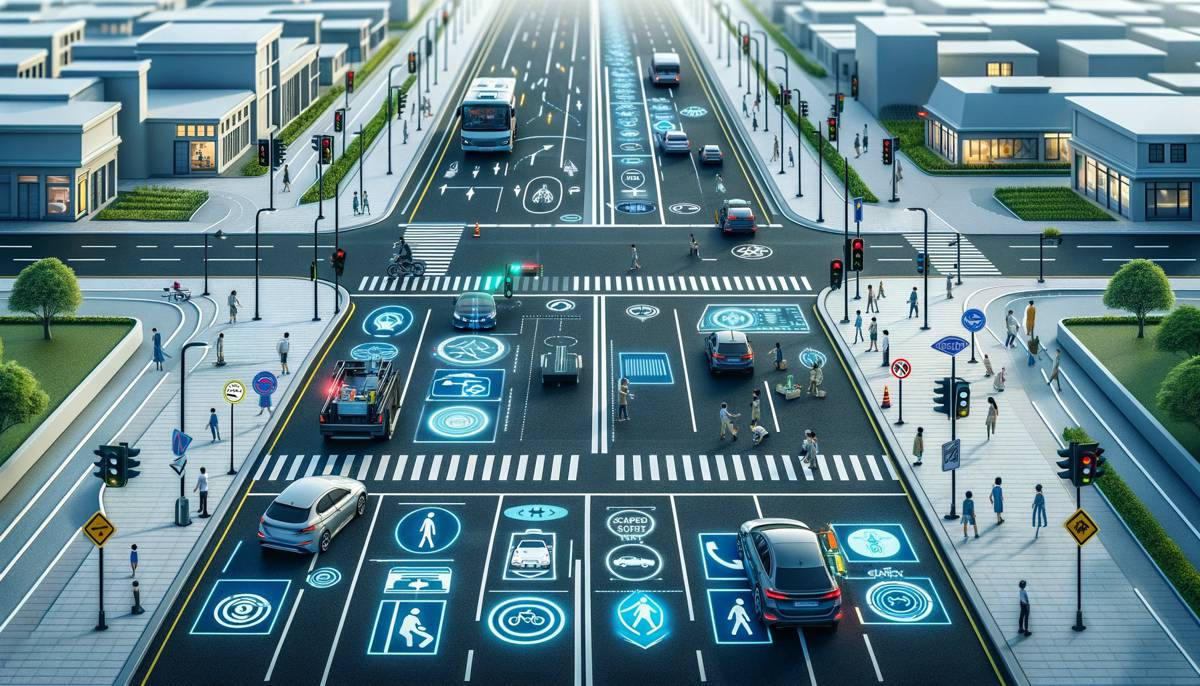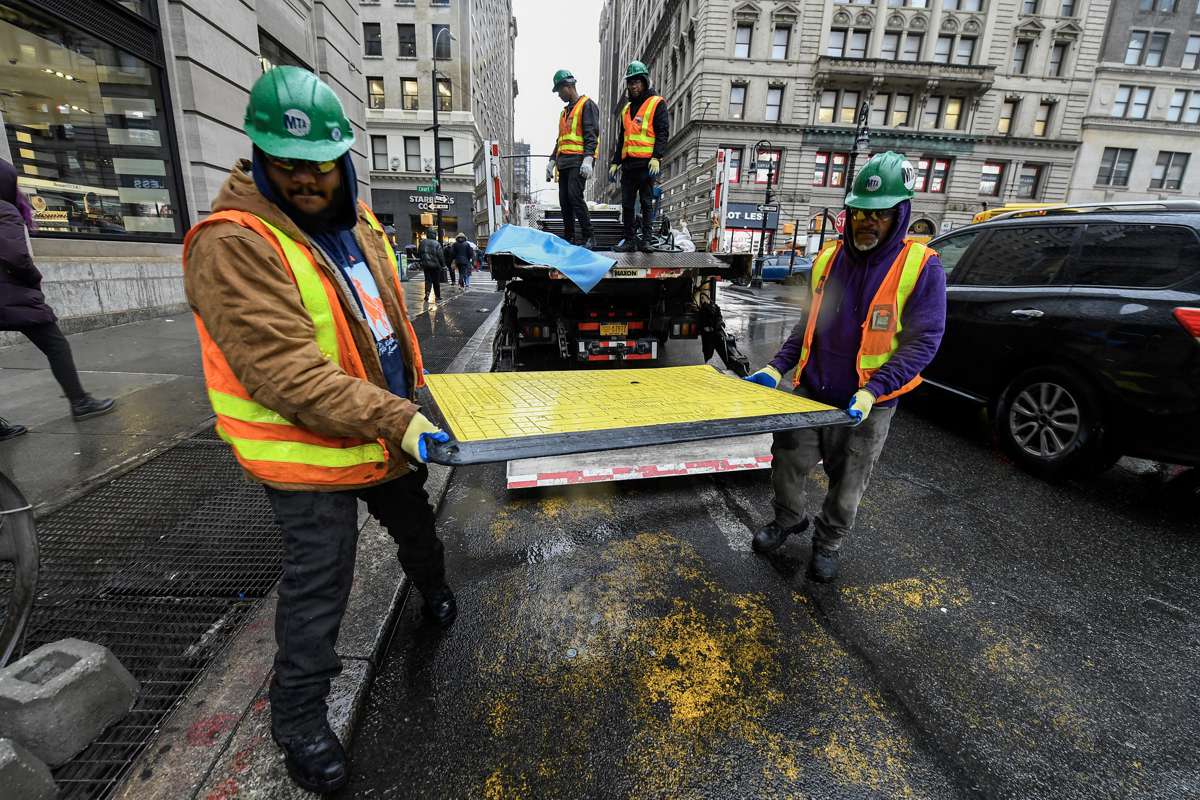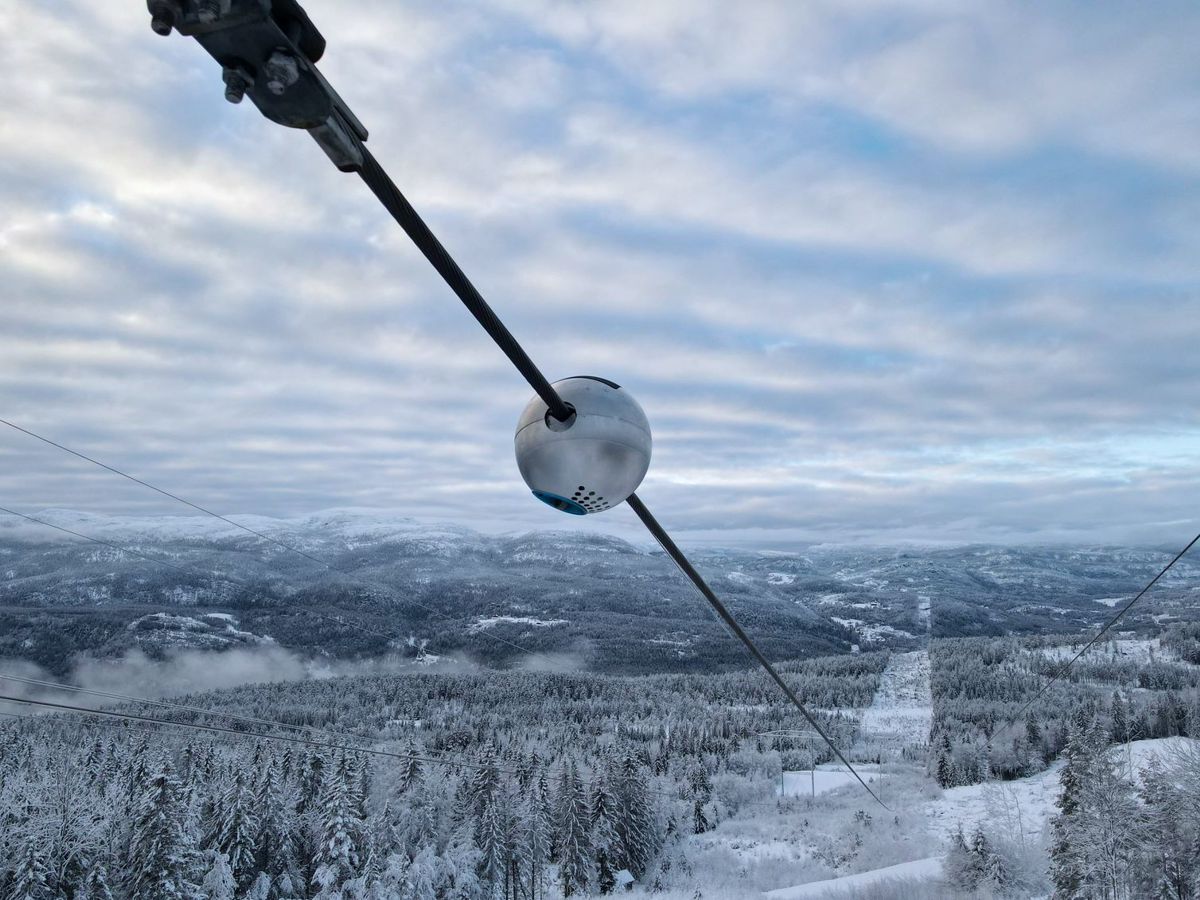Beacon Lights and their uses
Beacons serve the purpose of drawing attention, warning, and making people aware in order to assist them in various locations and scenarios.
They serve as a warning for anyone who can see them and send various messages instructing people on what to do and how to react.
Beacon lights act as warning mechanisms for the majority of people to keep them safe, particularly in unpredictable situations. They are often found installed on vehicles, buildings, aircraft, and other structures that can be seen clearly in inclement weather and other situations.
Most of the time, the messages transmitted by beacon lights depend on the specific colour or flash pattern it emits.
![]()
Different colours of beacon lights
- Red: This colour is frequently connected to emergencies, risks, and hazardous situations. These are frequently seen in rotating, or flashing lights in public buildings as well as on police and fire vehicles during emergencies. It also serves to evacuate people from a building.
- Blue: As an alternative to red, there is the blue LED beacon light. It serves the same purpose as the red one, however, they are prohibited from being used on streets and highways.
- Yellow: People should slow down, pay attention to their surroundings, and exercise caution when seeing yellow beacon light. To maintain awareness and caution among the public, it is also used in the vicinity of airports, in buildings, and on construction sites.
- Green: Green beacon lights are associated with safety and security. They are used in mobile command centres and on the representative’s safety vehicle to inform people that an emergency is already being handled by response teams.
- White: This colour is frequently used in public transportation. Most frequently in order to improve the visibility of other vehicles on the road.
Uses of beacon lights
Beacon lights can be used in a variety of ways, but they are typically used to direct people to safety or alert them to danger or potential hazards. Beacon lights were originally used to warn people of impending danger.
Wooden piles that were lit and placed in high places were used to ward off invaders or intruders who threatened their territory. The same was true of the lighthouses that sailors use to guide them as they travel through the sea.
![]()
The first form of beacon light
As was already mentioned, the earliest beacon lights took the form of lit-up woods that served as a warning that enemies were nearby.
When strategically positioned on hills and other high terrains, this type of signal fire proved to be very beneficial.
This type of defence was designed primarily to give allied troops enough time to prepare and avoid being taken off guard and to secure their successful defence.
Warning devices
Another function of beacon lights is the form of a warning system. It could be used as a warning of potential danger in factories. Beacon lights are frequently installed inside factories to facilitate employees’ tasks and work.
In some cases, beacon lights will alert the workers that a particular process has already been completed or that an error or danger has taken place.
Most often, a loud siren is used in conjunction with beacon lights to emphasize their purpose as warning devices.
![]()
Navigation devices
Beacon lights are also crucial for navigation because they can direct ships sailing at night and alert them to the presence of shoreline through a lighthouse that emits a very bright light at night.
In modern marine vessels, beacons are also installed to prevent collisions between different boats that sail at night, during inclement weather, or with low visibility.
Additionally, they are included in a lot of land-based transportation vehicles to help drivers navigate the roads, particularly in bad or foggy conditions.
![]()
Final thoughts
The goal of beacon lights is to maintain public safety and prevent avoidable accidents that are frequently brought on by poor communication or poor visibility. Since the creation of lighthouses, the use of beacon lights has become very common.
The use of beacons in public areas is essential because it enables authorized individuals to immediately warn and alert the citizens. Utilizing coloured beacons is a really effective way to get people’s attention and make it easier to keep them safe.
Because of technology, beacon lights are continuously improving and becoming more and more useful as safety and warning devices.


